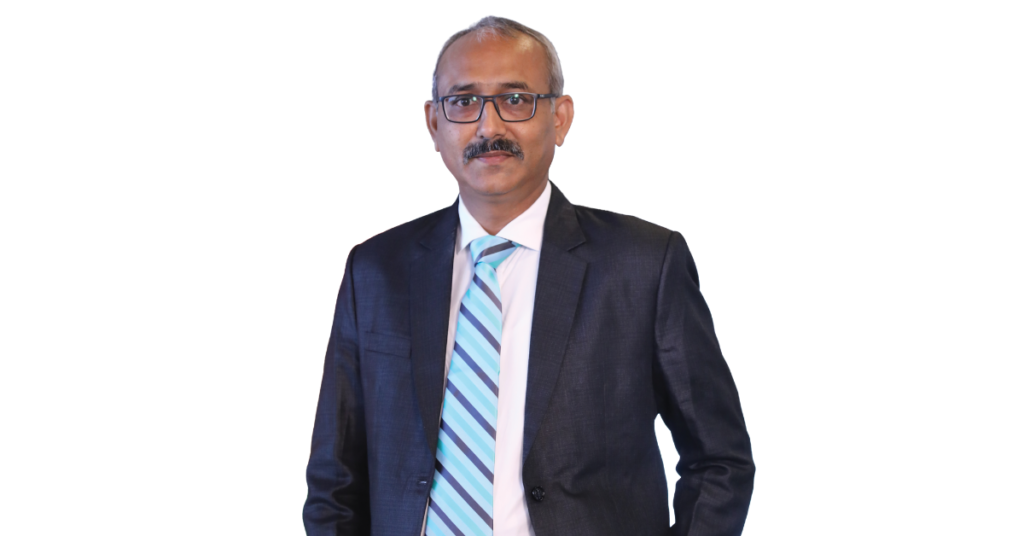From fragmented data to complex trade mandates, visibility remains one of the toughest challenges in logistics. Nitin Master shares how predictive platforms and unified systems are transforming resilience and competitiveness.

Every demand shift can be addressed seamlessly through predictive capabilities
Global logistics has always been intricate, and this very complexity often leads to one of the industry’s biggest concerns, limited visibility. Nitin Master, VP, New Services & Products Practice at Kale Logistics Solutions, notes that while digitisation is progressing, true digitalisation is still far from complete.
“Even when airports or ports commit to full digitalisation, they often fall short,” he observes. Some hubs, despite pledging to digitise their operations completely, can achieve only three-fourths of their targets in the best-case scenario. Resistance to change and cost concerns prevent many stakeholders from embracing collaborative platforms. Yet, Nitin believes that this reluctance masks the brighter side: the power of unified systems to unlock genuine end-to-end transparency.
Predictive tools for uncertain times
In today’s volatile environment, foresight has become as valuable as efficiency. Whether it is geopolitical instability or climate unpredictability, disruptions demand smarter ways to plan and act. Kale equips shippers with intelligent systems that allow them to forecast cargo movements, identify trends, and prepare for irregularities before they escalate.
AI-driven cargo community systems and logistics control towers are at the heart of this agility. “These tools provide the predictive insights needed for an agile response at times of uncertainty,” says Nitin. By studying patterns such as demand-supply slumps or growth and offering real-time visibility, they give shippers the confidence to adapt swiftly and maintain continuity.
Compliance without compromise
Global trade today is as much about compliance as it is about cargo. With evolving mandates and stricter enforcement, delays and penalties can derail operations. Kale’s compliance-ready visibility platforms tackle this challenge by digitising documentation, automating checks, and delivering real-time updates.
Through integrated solutions like the Logistics & Customs Control Tower and Cargo Community System, shippers benefit from streamlined processes and seamless data exchange. “These systems drastically cut down paperwork, ease administrative burdens, and enable faster customs clearance,” Nitin explains. The result is greater efficiency and a stronger competitive edge in a regulation-heavy environment.
Road to predictive visibility
Looking ahead, Nitin believes the future lies in predictive and collaborative platforms. For shippers, logistics and customs control towers provide an end-to-end view of cargo movement. For airports and ports, AI-powered Cargo Community Systems offer a unified ecosystem where all stakeholders can connect and integrate.
By linking standalone systems into one predictive platform, logistics players can outpace demand shifts and eliminate blind spots. “Every demand shift can be addressed seamlessly through predictive capabilities,” Nitin emphasises. It is this convergence of foresight, collaboration, and technology that promises a clearer, more resilient future for global logistics.











